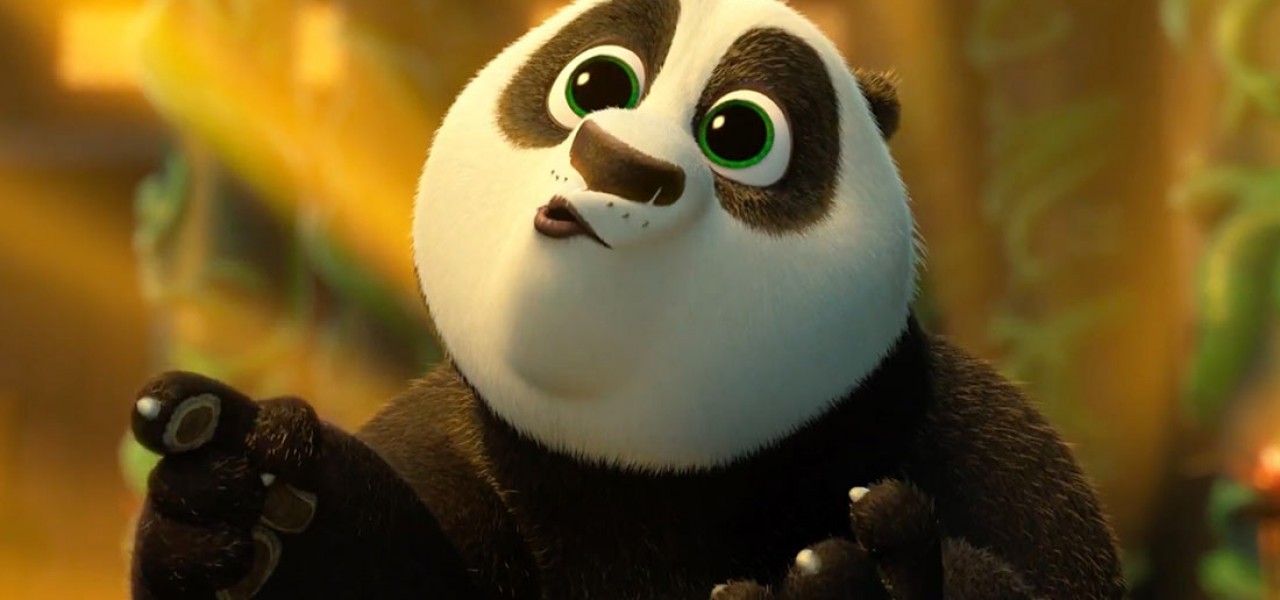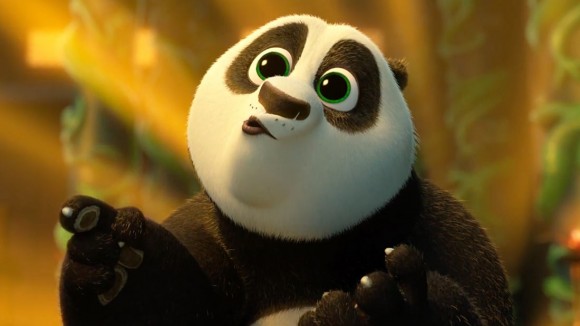

Katzenberg Has A Plan To Make Chinese People See ‘Kung Fu Panda 3’ Again…And Again…And Again
Like Americans, Chinese audiences will be able to see Kung Fu Panda 3 on January 29, but unlike Westerners, Chinese moviegoers will be able to choose between two different versions of the film: the American version subtitled in Mandarin, and the “Chinese edition” with new mouth movement and body language that matches the nuances of the Mandarin-language voice actors.
DreamWorks CEO Jeffrey Katzenberg concocted the two-edition approach to compel Chinese audiences into watching Po’s adventures multiple times. “You’ll have to see it twice to compare the differences between the English and Chinese versions,” he told Chinese cinema chain managers last month, according to the Hollywood Reporter. “But twice is not enough,” he optimistically pitched. “You’ll actually have to see it a third time to decide which is your favorite.”
The extra animation in the Chinese edition also allowed the animation crew at Oriental DreamWorks to gain production experience on a major DreamWorks project without affecting the workflow of the main production. DreamWorks is developing its Chinese outpost with the vision that someday it will produce films independently of the American operation.
Whether Chinese audiences will fall for Katzenberg’s cinematic sleight of hand, or even recognize that multiple versions of the film exist, remains to be seen. Kung Fu Panda 2 scored over $92 million from Chinese crowds, but the country’s animation scene has rapidly evolved since that film was released in 2011 and homegrown Chinese films have skyrocketed in popularity to compete against their American counterparts.
Earlier this month in China, another animated feature starring bears–the homegrown Boonie Bears 3–was released, and that film has earned over $20 million to date despite its low production values. How many bear cartoons can Chinese kids bear? We’ll learn the answer soon.
